
Games may seem like a waste of time, especially video games which have the risk of damaging your child’s eyesight.
However, games have been proven to improve cognitive ability and help children explore the world around them through play. There are some games that are meant exactly for educational purposes, too!
Just what are these educational games? There are so many, so here are the top 5 I’ve found:
1. Boggle
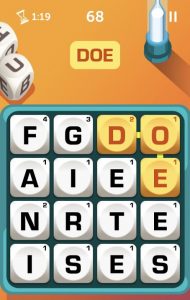
Boggle is a speed word-finding game with letters set in a 4×4 grid. Players have to find as many words as they can in this scrambled board within the time limit to beat the player they’re up against.
Just like in Scrabble, some words that your child can choose in Boggle are words that they may not know until they search it up after the game. The list of words they and their opponent found will be shown to them afterwards.
Your child’s word-recognising ability will be enhanced and they will also be driven to find longer words. Boggle also helps them learn to spell, since they have to select letters one by one.
2. Toca World

Toca World is a 2D life simulator where your child can design and dress up their character, shop for groceries, decorate their house and more.
While it may seem simple, the variety of areas presented in Toca World such as Food Street, a hair salon and grocery store allow your child to explore different parts of daily life.
Your child can have their characters go about their daily lives where they go grocery shopping and pay for their groceries, or have a more extravagant day where they go to the theatre.
Toca World also has disability representation, with a range of prosthetics and wheelchairs for your child to choose from when designing their characters.
3. Go Fish
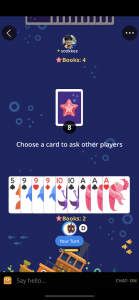
Perhaps you played Go Fish as a child yourself, or you just recently learnt about it. The former wouldn’t be so surprising, because Go Fish is a popular card game among a wide range of ages.
The goal is to get a ‘book’ of cards (4 cards) by asking your opponent for a certain number.
Players need to remember which cards they have already asked for, because that means the opponent doesn’t have those numbers. They also need to strategise—which cards are they going to reveal they have to their opponent?
4. Tetris Effect Connected
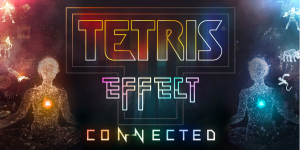
Tetris is a classic game that has been played across generations, and now it’s been given a stunning revamp.
Tetris Effect Connected allows players to enjoy Tetris with amazing new graphics and music. It’s available on both console and PC, and has a variety of modes, both multiplayer and single-player.
Tetris trains players’ reflexes and ability to see patterns as they grow better at fitting pieces in the game.
There is a surprising number of things to learn about the game as well, such as openers (set ways to build your blocks to achieve certain outcomes) and children can play with their parents in the multiplayer modes.
5. Minecraft
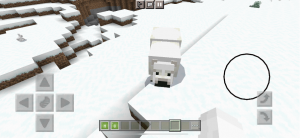
Minecraft is widely known as one of the best educational games (and one of the most popular games) around. You can choose to play in Creative, Survival or Hardcore mode, where you spawn into a world full of 1m-high blocks.
There are different biomes in Minecraft, each of them with critters accurate to the habitat they live in. For example, polar bears in the snowy biome and bees in the flower fields biome. Through exploring different lands, your child can find out about different types of lands.
Your child also learns how to hunt for and cook meat to survive in Survival mode. And since Minecraft can be played in co-op (with other people), it means your child can build with their friends—enhancing their collaborative skills while they have fun.
All you need to do is search online to find the amazing creations people have made in Minecraft. Some of them are recreations of fictional buildings and worlds, while others are entirely original.
(Extra Mention) Minecraft: Education Edition
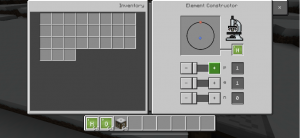
Of course, Minecraft as an educational game wouldn’t be complete without its Education Edition.
Players can explore the world more in a more in-depth and academic way with this edition due to how you can tamper with the elements of the Periodic Table.
They can see the makeup of each element by selecting the element from the game’s inventory and putting it in the selection box.
They can also change the number of protons, neutrons and electrons to make up their own element or see if their selection matches any existing element.
Conclusion

There are many educational games that children can play, both online and offline. Children learn in so many ways, and games are one of the best, since they entertain children at the same time.
It’s important to check if a game’s content is suitable for children. Online platforms such as Quora can help with that, since there are usually other parents asking the same questions!
Supervision may be needed, or even better, spend time with your child by playing with them! I hope the games recommended above are enjoyable.
